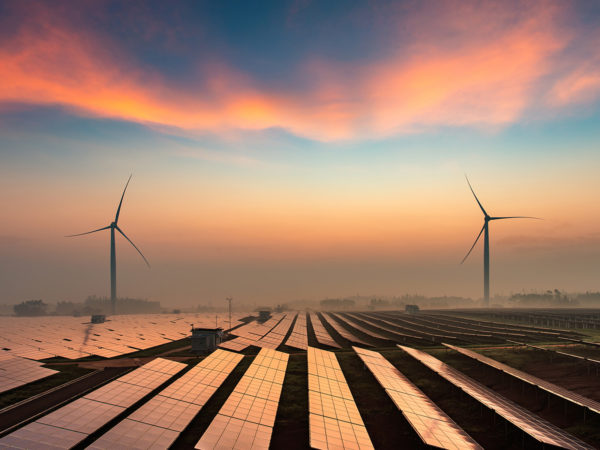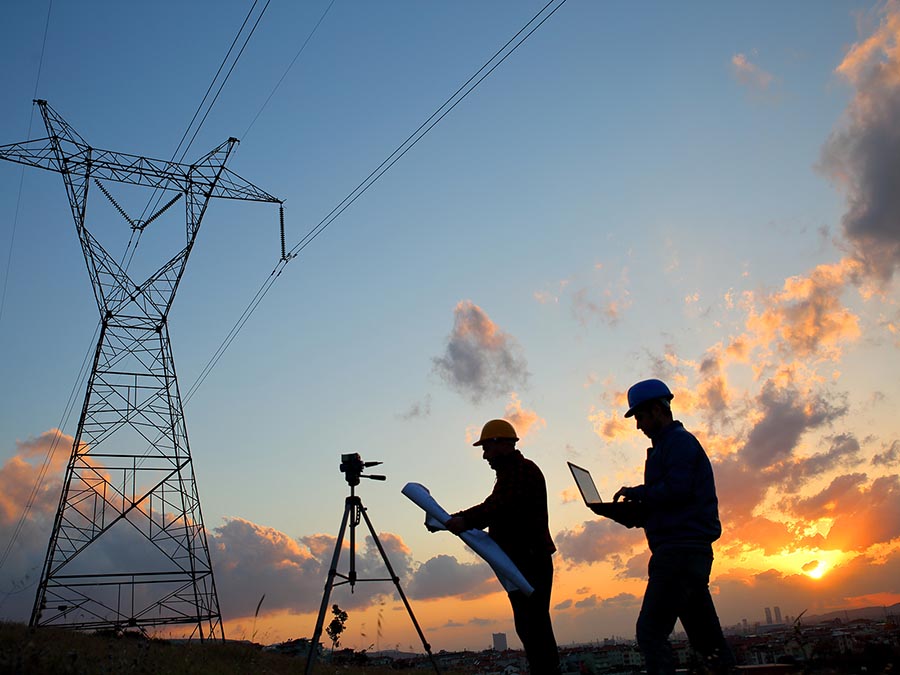The Australian Energy Market Operator (AEMO) has moved to improve the connection process for renewable and hybrid projects in Australia with a new on-line simulator designed to assist developers more efficiently prepare their applications for projects and reduce the time to connect them to the National Electricity Market (NEM).
In the past four years AEMO has connected 121 new generation projects but 97 GW of proposed generation projects – double today’s entire NEM capacity – remain in the pipeline. This includes 46 GW of wind, 33 GW of solar and 10 GW of hydro.
AEMO said many of the wind and solar projects are located in electrically weak parts of the grid, prone to poor system strength and thermal and capacity limits. This is presenting technical difficulties and contributing to connection delays, reinforcing the need for reliable modelling.
Developers of large-scale renewable energy projects in Australia are currently required to submit to AEMO for testing models outlining what impact a proposed project will have on the grid.
If that modelling is delayed or denied, the developer is required to ‘tune’ their model which can be a costly and slow process.
AEMO said the connections simulation tool will allow project developers and their partners and electricity networks to rapidly test and refine their renewable energy plant and project configurations using the same detailed wide-area power system simulations being used by the market operator to assess connections applications.
AEMO CEO Daniel Westerman said the connection simulation tool is expected to significantly streamline the applications process, while reducing the risk, costs, and timeframe required to complete connections approval.
“Our energy sector continues to move through its most extensive transformation in a century, leading the world in the uptake of renewable generation on a per capita basis,” he said.
“The connections simulator will give developers the option to utilise the wide-area power system information used by AEMO for the first time to evaluate their project models quickly and efficiently. This will help enable new generation and storage capacity into the power system.”

Image: AEMO
As well as the connection simulator, AEMO is developing an operations simulator that provides a ‘digital twin’ of Australia’s energy systems. The first of its kind in Australia, the data-informed replica will allow highly detailed analysis of the grid’s behaviour and help inform future planning, system design and policy scenarios.
Westerman said the digital twin will improve agility and quality of decision making for consumers and for policy makers.
“Given the increasing portion of renewables with technically complex control systems, the operations simulator will enhance AEMO’s ability to prepare for and quickly respond to events threatening secure power-system operations,” he said.
The simulator project has secured $2.23 million in funding from the Australian Renewable Energy Agency’s (ARENA) Advancing Renewables Program with CEO Darren Miller confident the on-line tool will help integrate and fast-track renewable energy into the energy system.
“Australia’s energy system is evolving rapidly with most of the growth in generation coming from rooftop solar and large-scale solar and wind,” he said.
“The proposed connections simulation tool will assist large-scale developers by providing a detailed source of energy data and modelling that incorporates our electricity systems, thereby allowing them to accelerate their development process and manage potential risk before going through the formal grid connection process.”
AEMO said testing on a working prototype of the connection simulator will commence this month, with a staged rollout of the tool expected to commence later this year.
This content is protected by copyright and may not be reused. If you want to cooperate with us and would like to reuse some of our content, please contact: editors@pv-magazine.com.









By submitting this form you agree to pv magazine using your data for the purposes of publishing your comment.
Your personal data will only be disclosed or otherwise transmitted to third parties for the purposes of spam filtering or if this is necessary for technical maintenance of the website. Any other transfer to third parties will not take place unless this is justified on the basis of applicable data protection regulations or if pv magazine is legally obliged to do so.
You may revoke this consent at any time with effect for the future, in which case your personal data will be deleted immediately. Otherwise, your data will be deleted if pv magazine has processed your request or the purpose of data storage is fulfilled.
Further information on data privacy can be found in our Data Protection Policy.